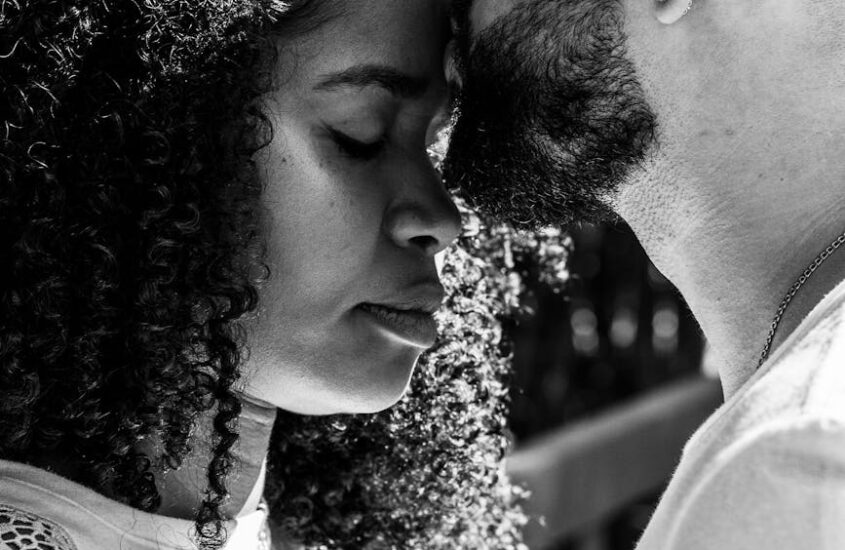Unlocking Love: How Your Attachment Style Shapes Relationships

Understanding Attachment Styles: Navigating Relationships with Confidence
Weddings bring friends and family together, but for me, they also bring anxiety and fear. It’s not that I don’t like my family—I do, for the most part. The issue is that I struggle to relate to everyone in the way I think I should. This realization led me to explore the concept of attachment styles.
What Are Attachment Styles?
Attachment styles describe how we interact and behave in relationships, both romantic and platonic. British psychologist John Bowlby introduced the idea, suggesting that our attachment styles form in early childhood through our interactions with caregivers. These early experiences shape how we view and operate in relationships as adults. To understand this better, let’s look at the four characteristics of attachment:
- Safe Haven: When a child feels threatened or afraid, they turn to their caregiver for comfort and support. If the caregiver consistently meets these needs, the child learns to seek help when distressed. However, if the caregiver doesn’t respond adequately, the child may stop seeking help, impacting their ability to seek comfort from others later in life.
- Separation Distress: This is illustrated by the “Strange Situation” experiment by Mary Ainsworth, where a child becomes distressed when their caregiver leaves and is comforted upon their return. If a child remains anxious even after the caregiver returns, it indicates insecurity, leading to adults who fear abandonment in relationships.
- Proximity Maintenance: As children become more mobile, they start to explore their environment while keeping an eye on their caregiver for security. The distance they can comfortably maintain from the caregiver without feeling abandoned is crucial. Adults who experienced inconsistent caregiver presence may develop separation anxiety and feel insecure without their partner’s constant presence.
- Secure Base: This characteristic builds on proximity maintenance. As children grow, they venture further away but return to their caregiver for reassurance. A responsive caregiver provides a secure base, making the child feel safe to explore. Failure to offer this security leads to adults who struggle with trust and fear rejection.
The Four Attachment Styles
The work of John Bowlby and Mary Ainsworth identified four primary attachment styles:
- Secure Attachment: This style develops when caregivers consistently respond to a child’s needs. Securely attached adults are confident in their relationships, can regulate their emotions, and communicate effectively.
- Anxious Attachment: Caused by inconsistent caregiving, this style leads to adults who fear abandonment, have low self-esteem, and exhibit clingy behavior in relationships.
- Avoidant Attachment: When caregivers ignore or punish a child’s emotional needs, the child learns to suppress their feelings and avoid seeking help. As adults, they may appear confident but struggle with intimacy and emotional closeness.
- Disorganized Attachment: Often resulting from caregivers who are both a source of comfort and fear, this style is common in those who have experienced abuse. Adults with this style fear intimacy and expect rejection, often leading to self-sabotaging behaviors in relationships.
Identifying and Understanding Your Attachment Style
Understanding your attachment style can reveal how your childhood experiences shape your adult relationships. Through self-reflection and quizzes, you can identify whether you have a secure, anxious, avoidant, or disorganized attachment style. For me, discovering my disorganized attachment style was eye-opening. It helped me understand my fears and behaviors in relationships and made me kinder to myself.
Moving Towards a Secure Attachment
Attachment styles are not set in stone. With self-awareness and effort, it’s possible to move towards a more secure attachment style. If you’re interested in learning more about how to achieve this, let me know in the comments, and I can create a follow-up post. Remember, understanding your attachment style is the first step towards healthier, more fulfilling relationships.
More from me
My biggest life changes, latest minds, and my family life.














